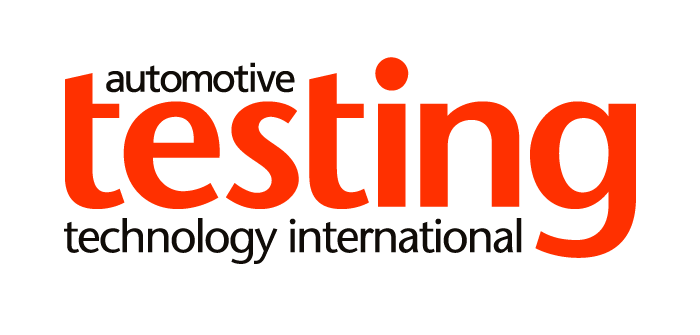The technical software specialist – who you can catch speaking live at the Free-to-Attend Technology Demonstration Area at Automotive Testing Expo Europe 2019 – discusses how to overcome the challenges of big data analysis in connected car development
What is the background to your presentation?
Beyond data from sensors and other recording devices, engineers now have to handle a mixture of data types from sources such as communication buses and connected vehicles. Information extracted from bus data can be used to improve vehicle efficiency and safety when looking at customer usage patterns; validating vehicle electronics; and gathering input for simulation or testing.
This requires a platform that provides access to measured data, tools for data cleaning and data reduction, and access to additional measurement parameters. Such a system needs to process huge amounts of heterogeneous data in a paralellized and scalable fashion to deliver meaningful engineering results.
What is HBM’s solution to this problem?
HBM has developed nCodeDS (Digital Streams), a next-generation analytics tool available in Aqira that offers powerful capabilities for efficiently processing huge quantities of time series data in a web-based environment. It is highly scalable and can handle data from a traditional DAQ system, digital bus, and connected cars. Data can be time stamped, can contain holes, and undefined values, etc. nCodeDS offers a list of processing algorithms and the Aqira apps enable engineers of varying expertise to convert huge amounts of data into actionable decisions, without requiring the intervention of a data specialist.
 What challenges does the technology overcome?
What challenges does the technology overcome?
For our users, the challenge is to perform lightning-fast analysis of huge quantities of data from connected vehicles. From a technology perspective, continuous monitoring of digital bus can very quickly lead to huge quantities of data, causing issues with system performance and requiring high computational power to process. Bus data is event-driven and a non-constant sample rate of measurement leads to bursts of data, ultimately resulting in gaps or lags due to channel contention. Anomalies or data points that are undefined or unrepresentable using numeric values, referred to as NaN (not a number), might also need to be addressed before doing any further calculation.
How has HBM turned measured data into actionable knowledge?
The new nCodeDS technology enables engineers to perform scalable analytics of data from assets such as fleets of connected vehicles to gain a deeper insight and a greater understanding of how products are used in different market segments and regions.
nCodeDS can be used to perform high-speed analysis such as feature extraction, correlation, counting, and data reduction of huge quantities of data from connected vehicles. This reduced data delivers insights on usage profiles, for example of gears in the transmission, accounting for the variability in the driver’s behavior and road conditions, in addition to design representative tests or test track schedules.
In HBM’s experience, how are test and development engineers adapting to the introduction of completely new systems and technologies?
Vehicle manufacturers and suppliers see the potential benefits in adopting new technologies and using digital data as part of a transformed product development process. In the test and measurement domain, benefits include reducing unnecessary testing and improving the detail of test scenarios. For product design, connected vehicle data can be used to improve the definition of design loads. Overall, this new technology can help vehicle manufacturers and suppliers to reduce warranty claims without over-design.
Engineers are however, just realizing that adapting to these new technologies means adopting new methods and tools, too.
Has industry welcomed the challenge?
The benefits this digital transformation offers are so obvious that it is worth the effort to overcome additional challenges. Changing methods and tools is never easy; it requires investment in terms of time and energy. In anticipation of this, HBM Prenscia is working closely with its customers and has allowed them to preview the new nCodeDS tool in the Aqira 2019 platform. This was a win-win exercise because it helped us to make sure the software was easy to adopt and helped our customers to reduce their adoption times.
Do you think it’s still early days?
Yes, definitely. Data transmission technologies, big data management tools, and security systems will continue to evolve. HBM Prenscia is very aware of this fact and works with its customers, and industrial and academic partners to keep up-to-date with new technology.
To find out where and when Thomas is speaking at Automotive Testing Expo Europe 2019, please visit https://www.testing-


